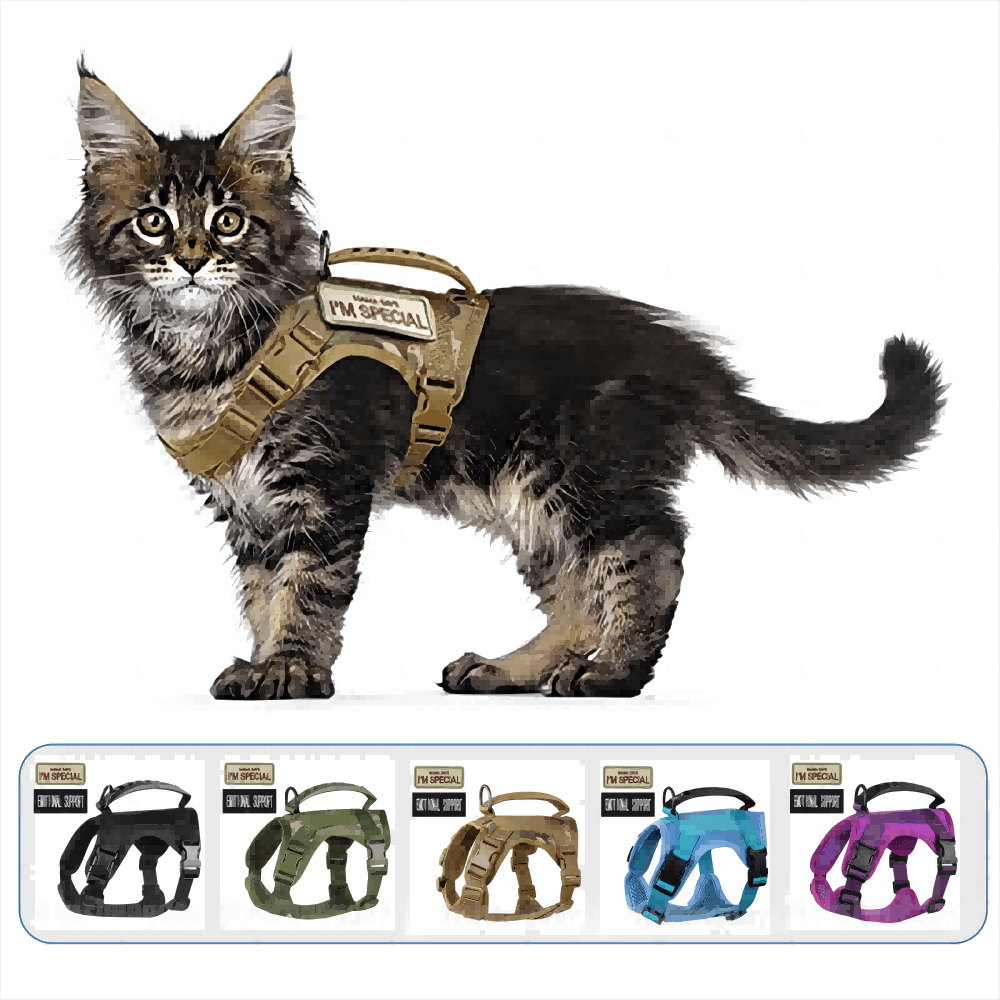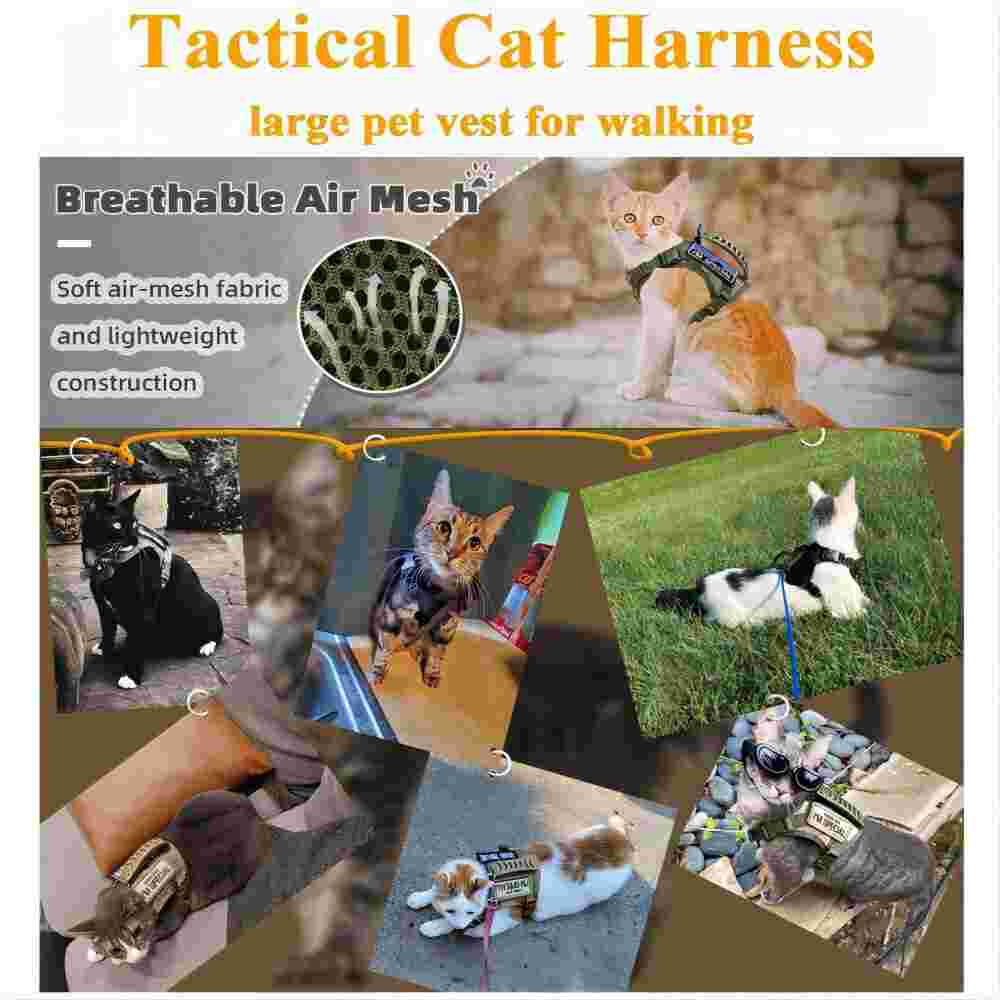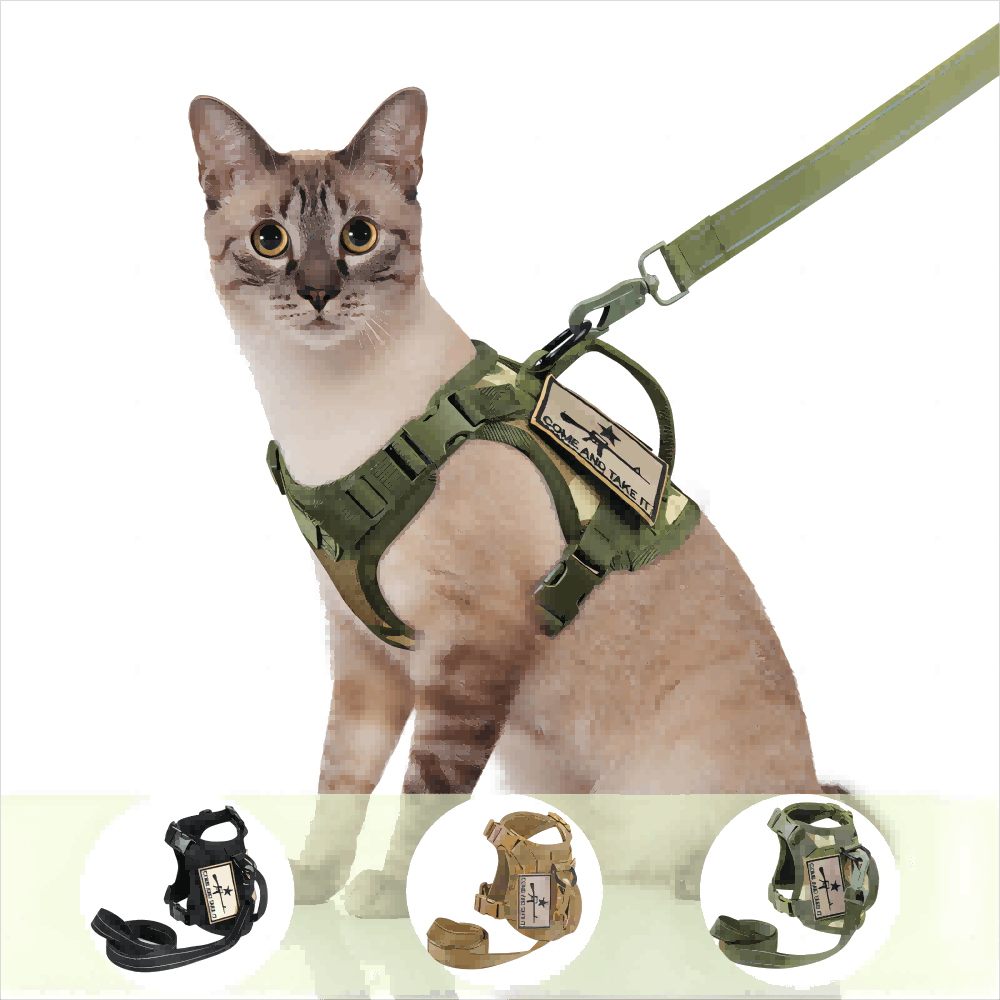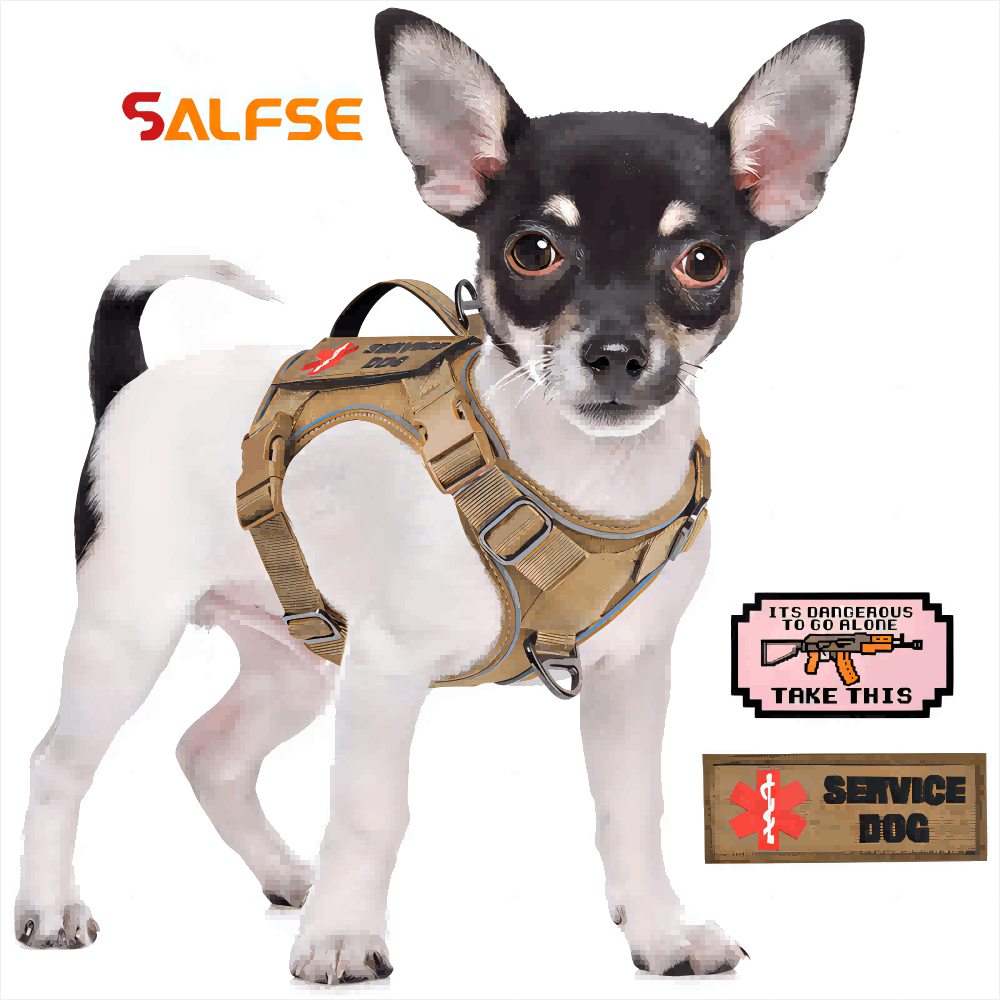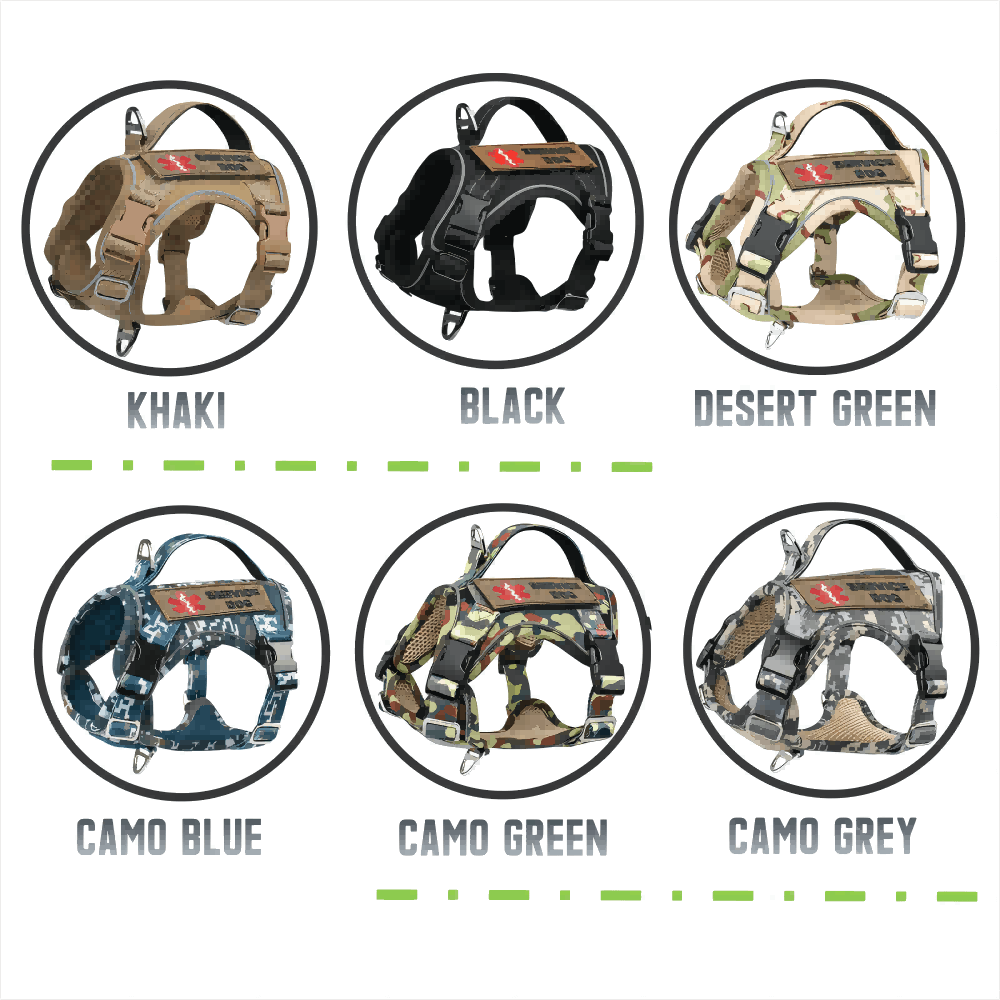1.Teach the dog to switch from standing to sitting: To make the dog switch from standing to sitting, first let the dog stand, which is the starting point of training.
2.Attract the dog’s attention: Stand in front of the dog, let it focus on you, and show the food prepared for it in your hand, so that its sight is attracted by the snacks.
3.Use food to tease: hold the food with one hand, hold it in front of the dog’s nose, and let it smell it. Elevate the position of the treat, above its head, and guide the dog to sit down, visually helping it to better see what is in your hand.
4.Praise and reward in time: Once the dog sits down, use verbal praise such as “sit well” and give rewards in time. You can use the clicker to click to strengthen the reward effect, so that the dog can learn to sit down faster.
Below we will explain in detail the specific steps of this dog training method
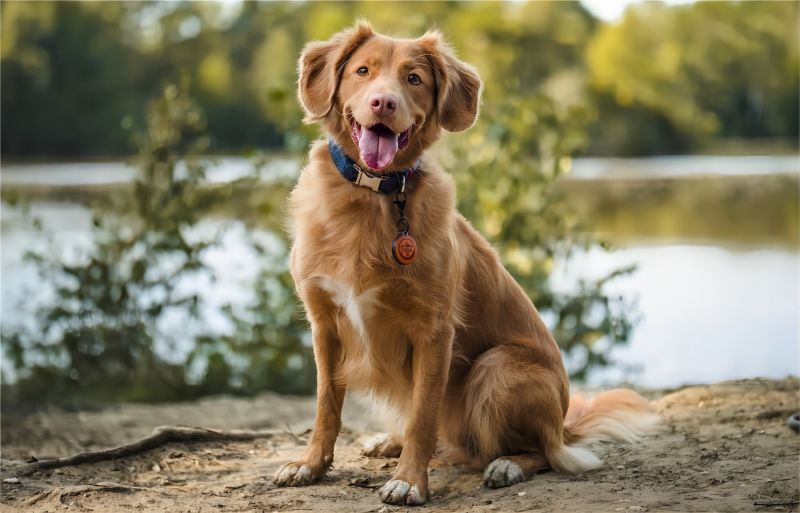
Observing the behavior of dogs, you will find that dogs are born with many things, such as “sitting, lying, walking, and walking”, but our dog training still includes such simple movement training. The reason is very simple. Although a dog is born without teaching, it cannot understand human language and cannot sit down when you need it to maintain a sitting position. When you let it follow, it will obediently stand up and follow.
Among many trainings, sitting down training is one of the most basic trainings. If the owner wants to improve the dog’s obedience, he must let the dog learn to sit down obediently when he hears “sit down”.
In the process of training your dog to sit, you can follow the steps below:
1.Make sure the dog is standing: Let the dog stand in front of you and make sure it is focused on you.
Teaching a dog to sit is actually teaching it to switch from a standing state to a sitting state, that is, to sit down, not simply sit. So first of all, you have to put the dog in a standing position. You can make it stand up by taking a few steps forward or back towards it.
2.Attract the dog’s attention: Stand in front of the dog, let it focus on you, and then show the dog the food you prepared for it. Let its eye be drawn to the treats.
3.Use food to tease: first use food to attract its attention, hold the food with one hand, hold it in front of the dog’s nose, and let it smell the smell. Elevate the treat and hold it above its head. When you hold the treat over its head, most dogs will sit down next to your hand to get a better view of what you’re holding.

4.Praise and reward in time: Once you find that it is sitting down, you should say “good sitting”, praise it in time, and then reward it. If there is a clicker, press the clicker first, then praise and reward it. The dog’s reaction may be slow at first, but it will become faster and faster after repeated several times.
Pay attention to the right timing: be sure to wait until the dog is fully seated before praising it. If you praise it before its butt sits down, it may think that you just want it to squat down, don’t praise it when it stands up, otherwise it will be taught to stand up when it is taught to sit down, so as not to teach wrong actions.
5.Use a leash to tease: If you use food to tease it to sit down, this trick will not work. You could try a leash. Start by standing side by side with your dog, facing the same direction. Then pull back on the leash slightly, forcing the dog to sit down. If the dog still doesn’t sit down, gently press down on the dog’s hind legs while pulling back on the leash slightly to guide it to sit down. Praise and reward him as soon as he sits down.
(At this time, if you put it on a tactical dog harness, it will look very cool)
6.The voice command should be accurate: when giving the verbal command “sit down”, pay attention to the command to be short and sharp, and the voice should be loud and clear. When giving the command, the right hand pulls the leash upwards, and the left hand presses the dog’s buttocks and presses down.
(Note that the command and the left and right hand movements are made at the same time.) At this time, the dog completes the “sit command” and should be rewarded immediately.

7.Moderately repetitive training: Don’t keep repeating passwords. If the dog doesn’t respond within two seconds of the password being given, you’ll have to use the leash to guide it through. Each command needs to be constantly reinforced, otherwise the dog may ignore you and the command becomes meaningless. Praise the dog for completing the command, and praise for keeping it up.
8.If you find that the dog sits down naturally, praise it in time. Soon it will get your attention by sitting down instead of jumping and barking.
9.When the basic “sit down” command can be executed, the difficulty of training can be increased, such as the owner giving the dog a command from a certain distance away. For example, give commands to the dog from a certain distance, so that it can learn to sit down in a long-distance and scattered environment.
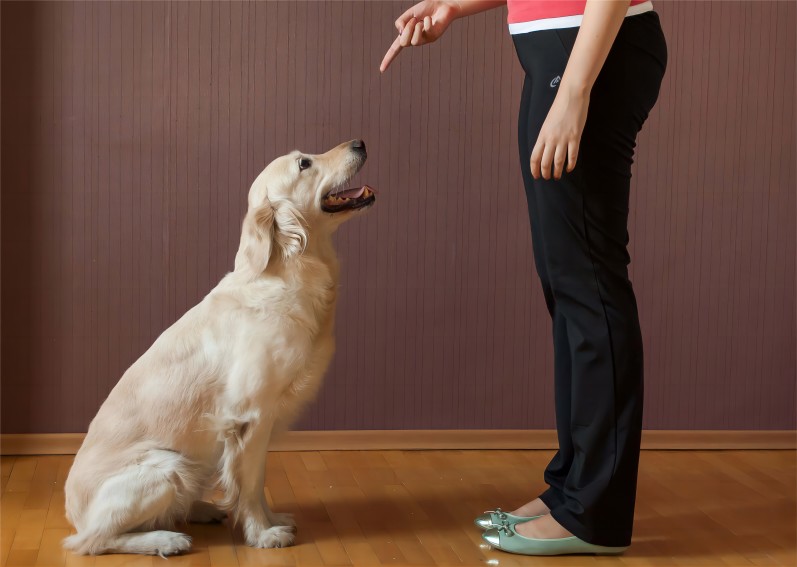
Summary of core points and principles
1.Cultivate the transition from standing to sitting: Sitting training is the basis for cultivating dog obedience and cooperation habits. It is necessary to teach the dog to switch from standing to sitting.
2.Use food rewards and verbal praise: Food teasing can encourage dogs to learn to sit down, and clicking the clicker can strengthen the reward effect, and at the same time, verbal praise should be used to reward in time.
3.Correct timing of training: Praise and reward the dog after it is completely seated. Don’t give rewards when the dog’s sitting posture is unstable, so as to avoid teaching wrong actions.
4.Auxiliary use of dog leash: If food teasing is ineffective, you can try to use traction rope to guide the dog to sit down moderately.
5.The voice command should be accurate: when giving the verbal command “sit down”, the command should be short and clear, the voice should be loud, and at the same time cooperate with the correct action guidance.
6.Moderate repetition of training: In every training session, you must insist on consolidating the learned instructions, and repeat the training continuously to ensure the stability and improvement of the dog’s obedience rate.
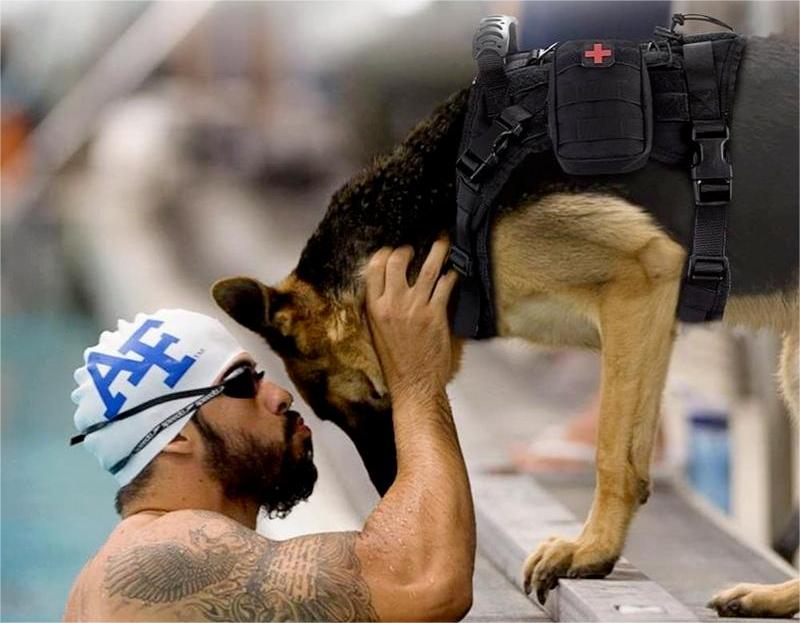
Summarize:
Sit down training for dogs is one of the most basic trainings. With the right method and patience, we can teach our dogs how to sit down obediently when they hear the “sit down” command. First of all, to attract the dog’s attention, use food teasing or dog leashes and tactical dog collars to assist training, and at the same time cooperate with voice commands, give verbal praise and rewards in time, and consolidate the dog’s sitting action. At the same time, observing the dog’s natural behavior, praising the correct sitting posture in time, and gradually increasing the difficulty of training are the main points that should be paid attention to in training.
Sit down training can not only improve the obedience of the dog, but also strengthen the communication and trust between the owner and the dog, and establish a good relationship between the owner and the dog. At the same time, in the training process, the owner also needs to be patient and persistent, constantly repeating the training, so that the dog can gradually master the skill of sitting down. At the same time, respect each dog’s personality and learning progress, because each dog has its own unique learning style and time.
Finally, I hope that every owner can train their pet dog with love and patience, establish a good relationship of mutual trust and understanding, and make the dog a loyal friend and family member.

Related questions and answers about training your dog to sit:
Q1: Why teach a dog to sit down?
A: Teaching a dog to sit down can cultivate its obedience and cooperation habits, and it is also the basis of training.
Q2: What are the key points of sitting down training?
A: To attract the dog’s attention, use food teasing or traction rope to assist training, and at the same time cooperate with voice commands, give verbal praise and rewards in time to consolidate the dog’s sitting down action.
Q3: How to make the dog sit down?
A: You can use food to tease, or you can try to use a leash to guide the dog to sit down.
Q4: How to improve the effect of sitting training?
A: Gradually increase the training difficulty, observe the dog’s natural behavior and praise it in time, all of which can improve the training effect.
Q5: What should be paid attention to during training?
A: Respect the dog’s personality and learning progress, be patient and persistent in repeated training, and give timely praise and rewards.
Previous section: How to train a dog to “listen” or “see”?-Dog training (4)
Next section: How to train a dog to “get down” or “lie down”?-Dog training (6)



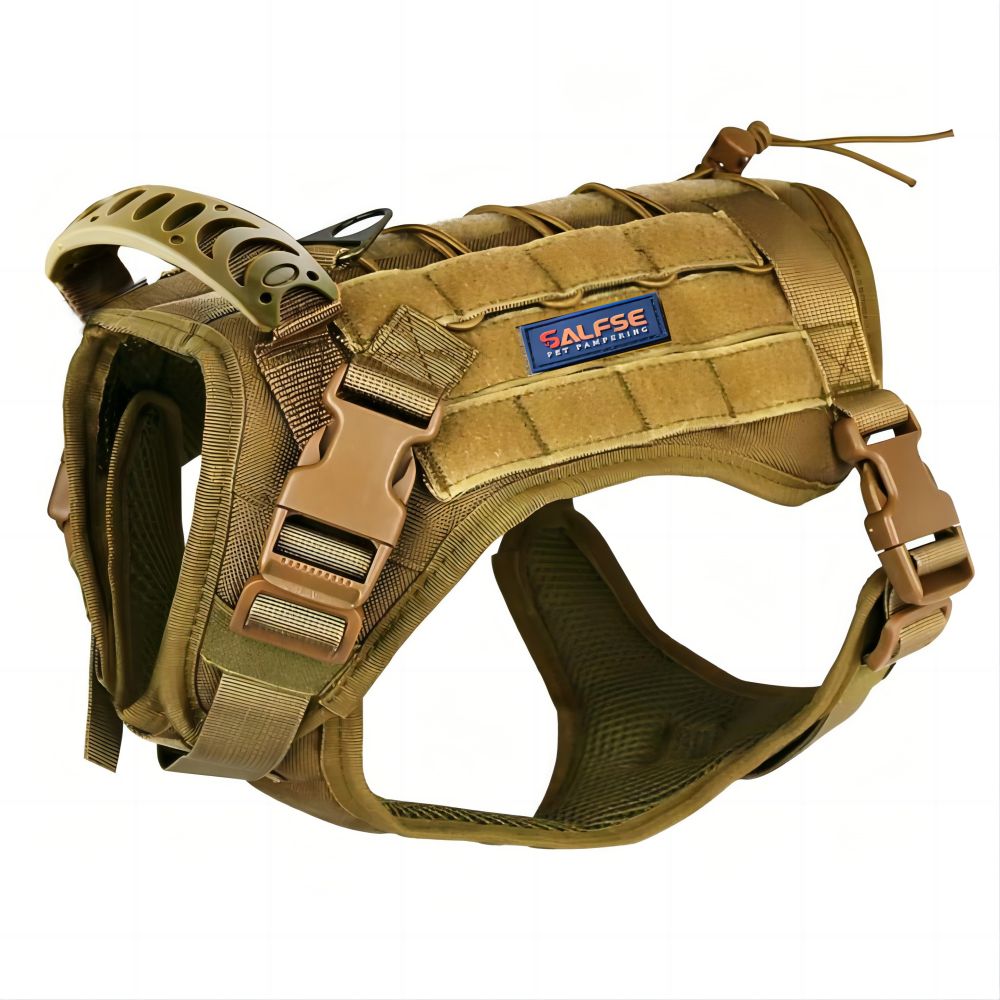
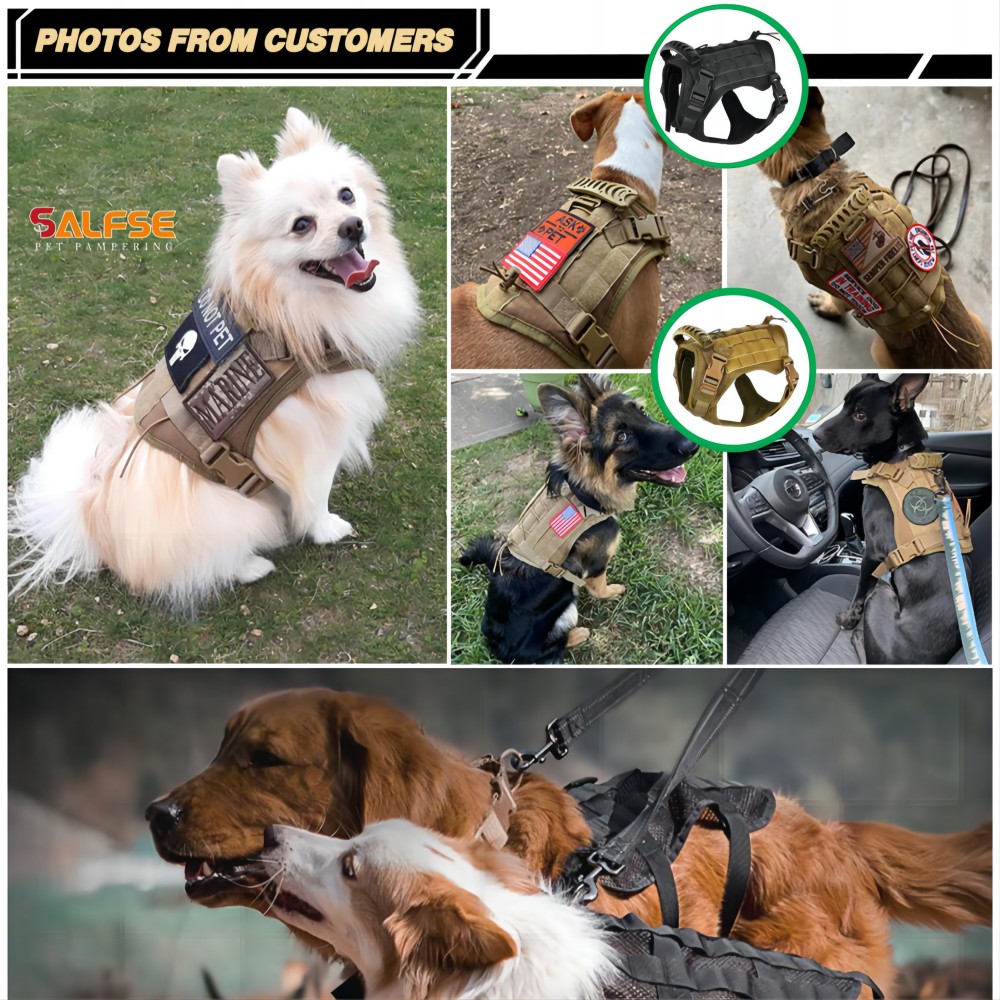



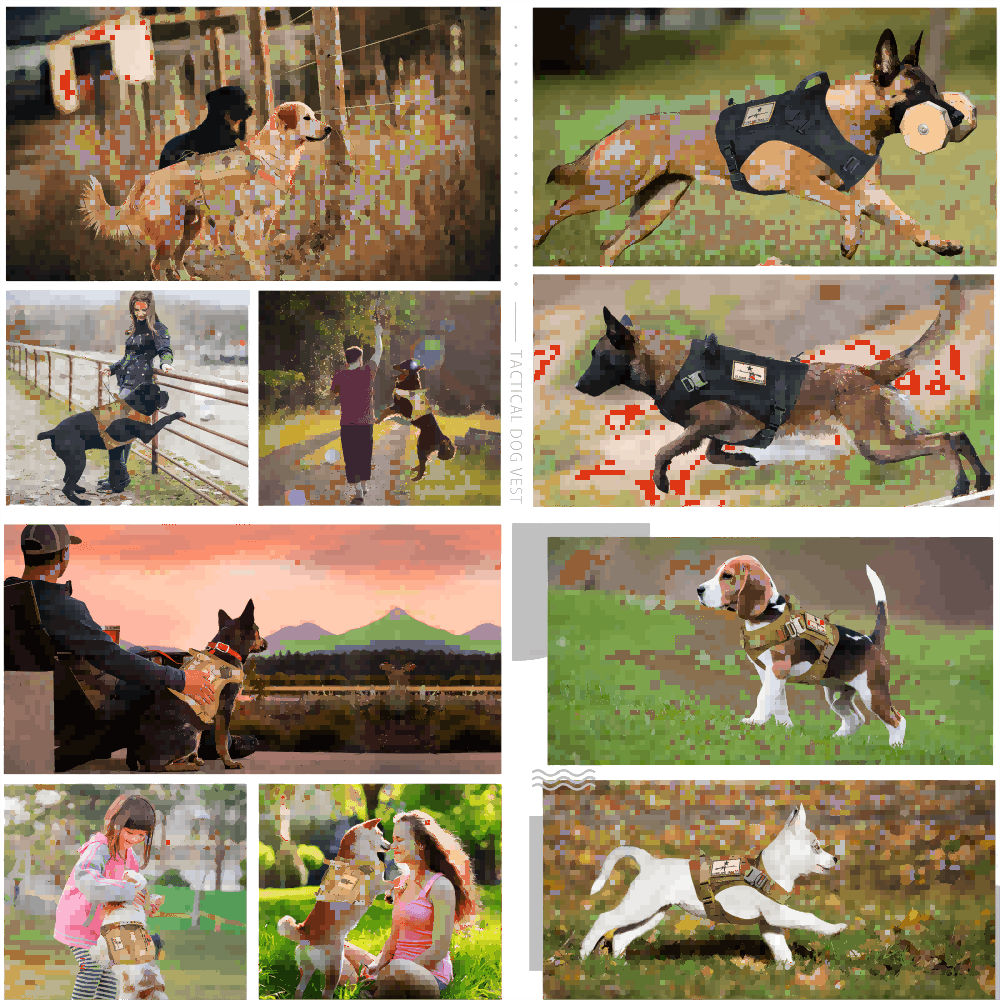
-1.png)



